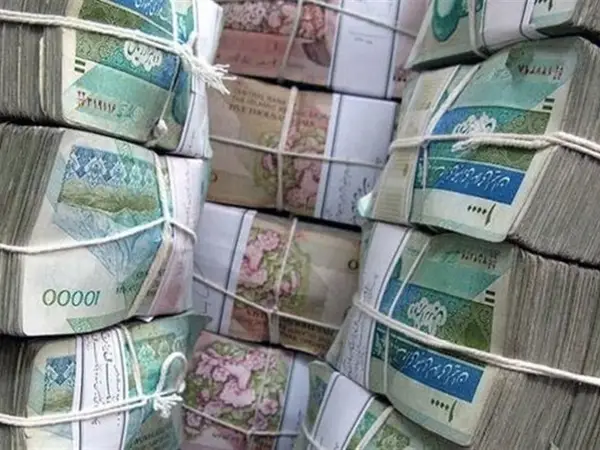Annual food inflation has reached 100 percent in parts of Iran, according to the latest figures published by the Statistical Center of Iran (SCI) in late July.
The overall nationwide point-to-point annual food inflation rate in June 2022 compared with the same period in 2021 was 87 percent, SCI reported last week, but in four provinces the rate reached almost 100 percent.
Most of the price increases happened since early May when the government scrapped a food import subsidy to save around $15 billion annually. The move immediately triggered a massive rise in prices for basic food staples, such as bread, dairy products, cooking oil and meet.
Although the government has repeatedly said its oil exports are steadily increasing despite sanctions by the United States, economic conditions keep deteriorating, with overall annual inflation reaching 54 percent in June.
However, Iran has not made a decisive move to reach a nuclear agreement with the US, which could lift oil export sanctions and boost government revenues.
When the government stopped the import subsidies it promised to issue coupons to people with lower incomes to buy essential food items at lower prices, but so far, no system has been set up to issue coupons.
Aftab News in Tehran said Monday that the government is planning not to issue coupons offering lower prices but aims to limit how much food people can buy. This would create new political tensions even among the hardline supporters of the government. The website adds that food prices will never go down, and on the contrary inflation can only get worse.
Another major problem during US sanctions is the fast growth in Iran’s money supply, which has climbed to upwards of 50 quadrillion rials. That is 50 with fifteen zeros. In free market exchange rate this amount would be around $200 billion, simply because the Iranian currency has lost so much of its value. If we take the exchange rate before the United States imposed sanctions in 2018, the liquidity in Iran would be equivalent to 1.5 trillion dollars.
Mahmoud Jamsaz, an economist in Tehran told Khabar Online news website on July 31 that in the past Iranian year, from March 2021-to March 2022, the government has been printing the equivalent of $15 million a day to finance its budgetary shortfall. That is 3.8 trillion rials every day.
Despite assurances by President Ebrahim Raisi’s (Raeesi) government that it has stopped printing money, Jamsaz insisted that simply the format of government borrowing has changed, not the fact that it is adding to the money supply. This in turn fuels more inflation, impoverishing tens of millions of people who were modest wage earners or members of the middle class, able to live relatively comfortable lives before.
The economist explained that government finances this year are in a worse situation compared to last year, because the budget has been built on two unrealistic revenue projections.
The biggest expectation is close to five quadrillion rials of oil income, twice as high as what materialized last year, while US sanctions are still in place and the war in Ukraine has made Russia a competitive to Iran in the oil market.
The second optimistic figure is tax revenues estimated to be 62 percent higher than last year. This is unrealistic because the economy is not growing to allow so much more tax collection.
This was confirmed by the Supreme Accounting Office of the state in July that said just 15 percent of expected oil revenue came into the treasury from March to May.
Jamsaz, like other economists says that the Raisi government holds “the record in both high inflation and money supply” in nearly three decades.
